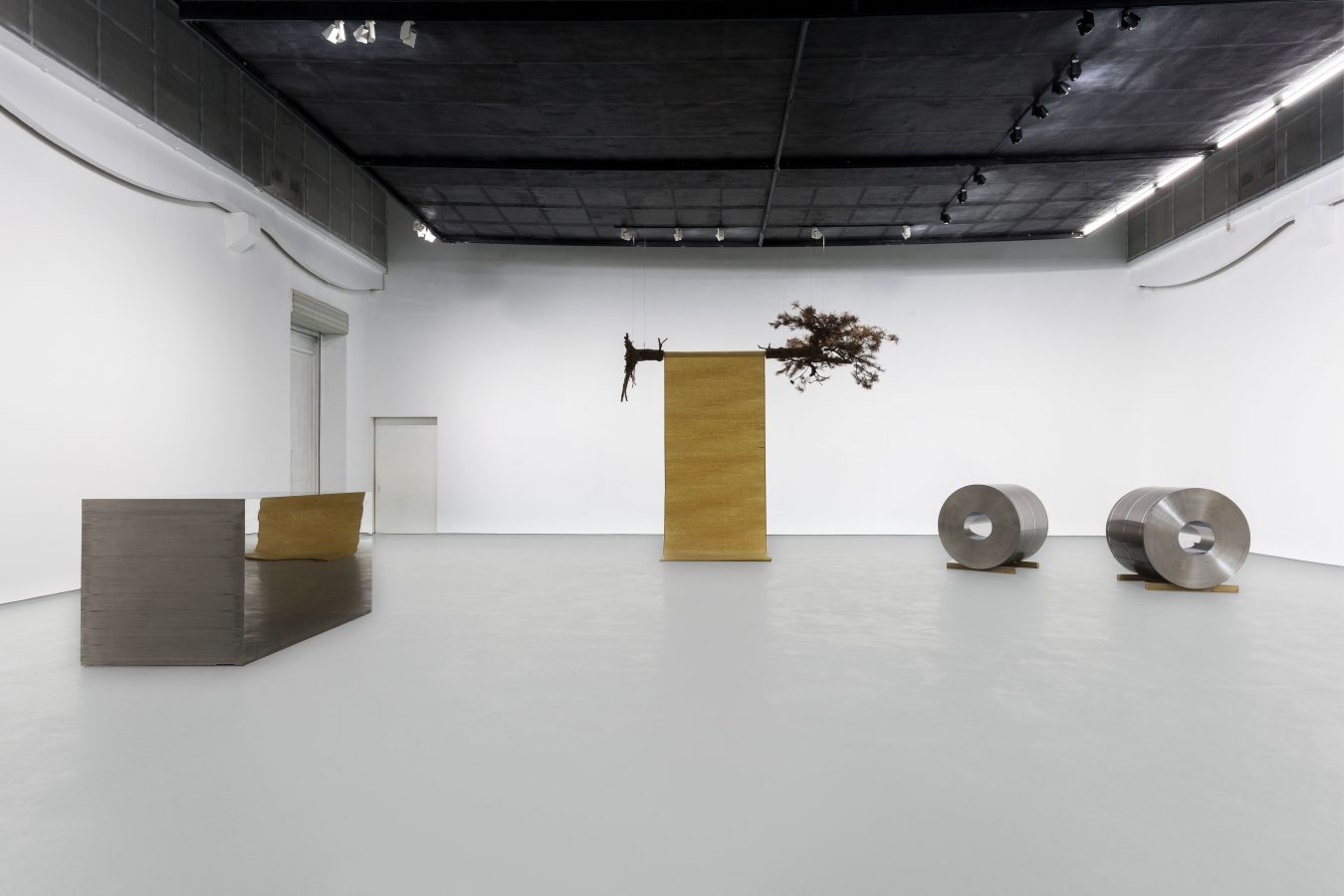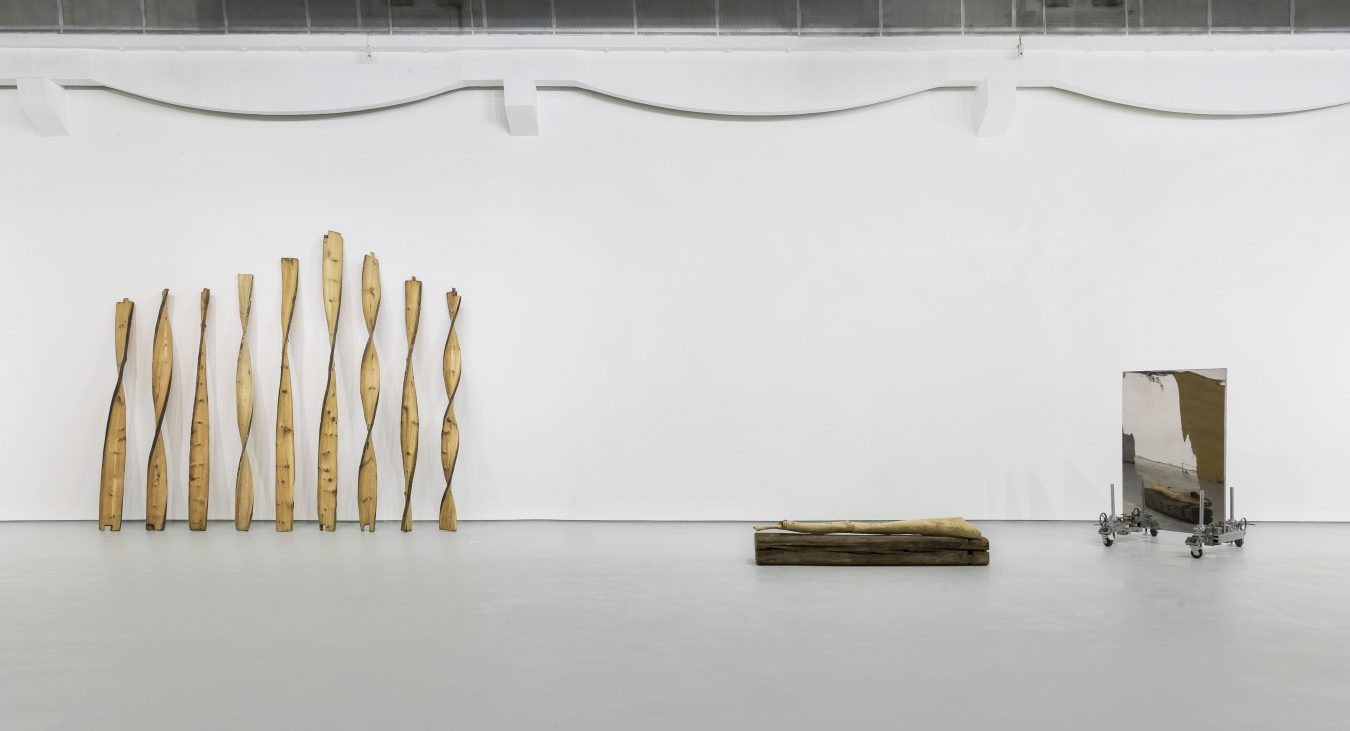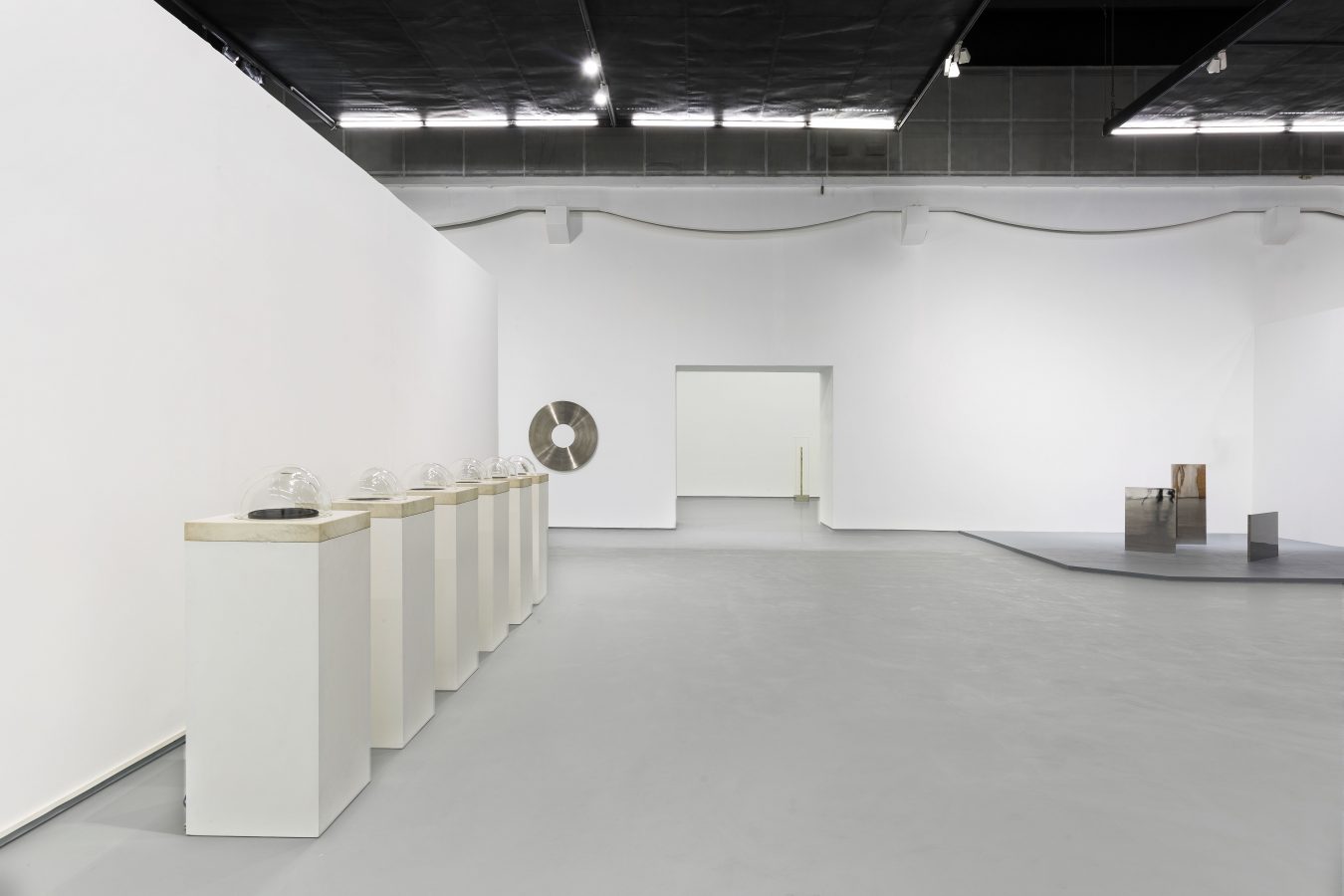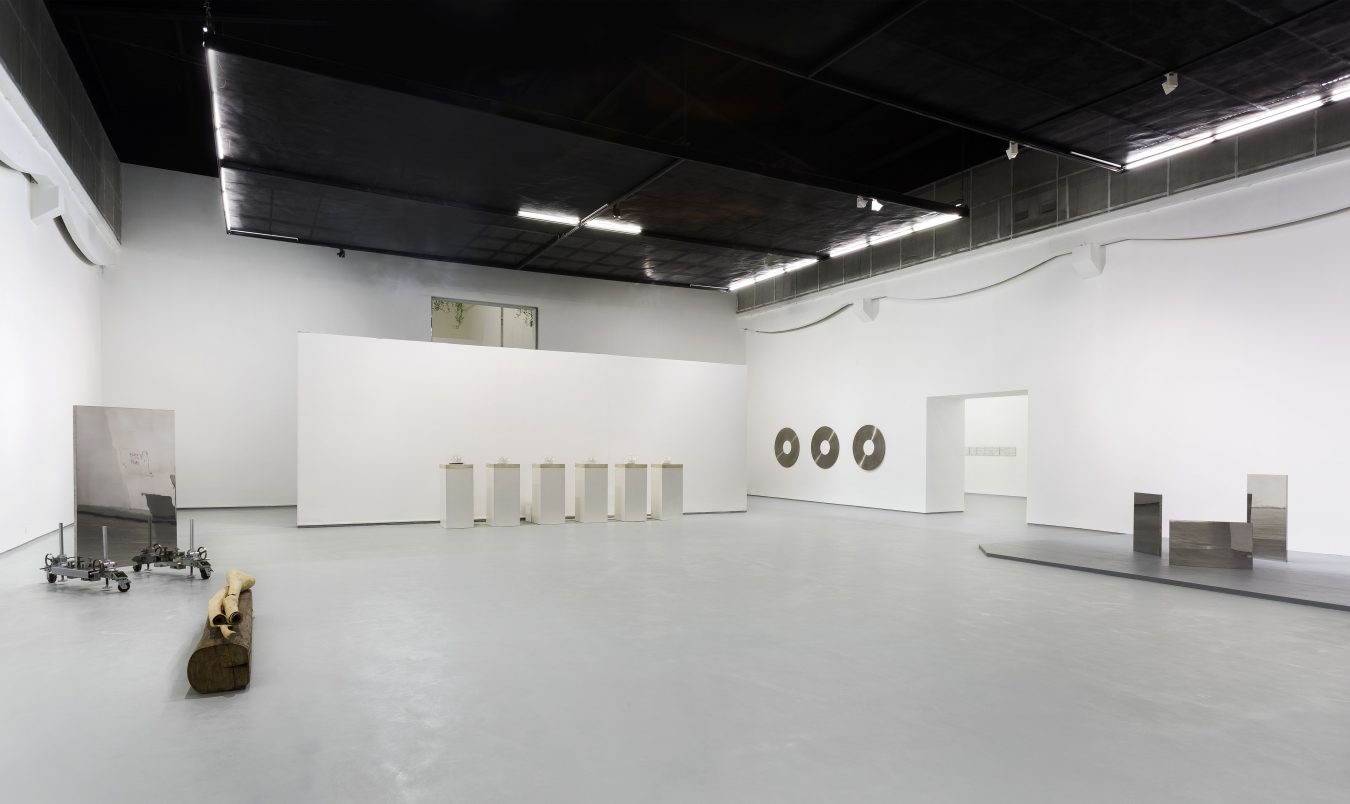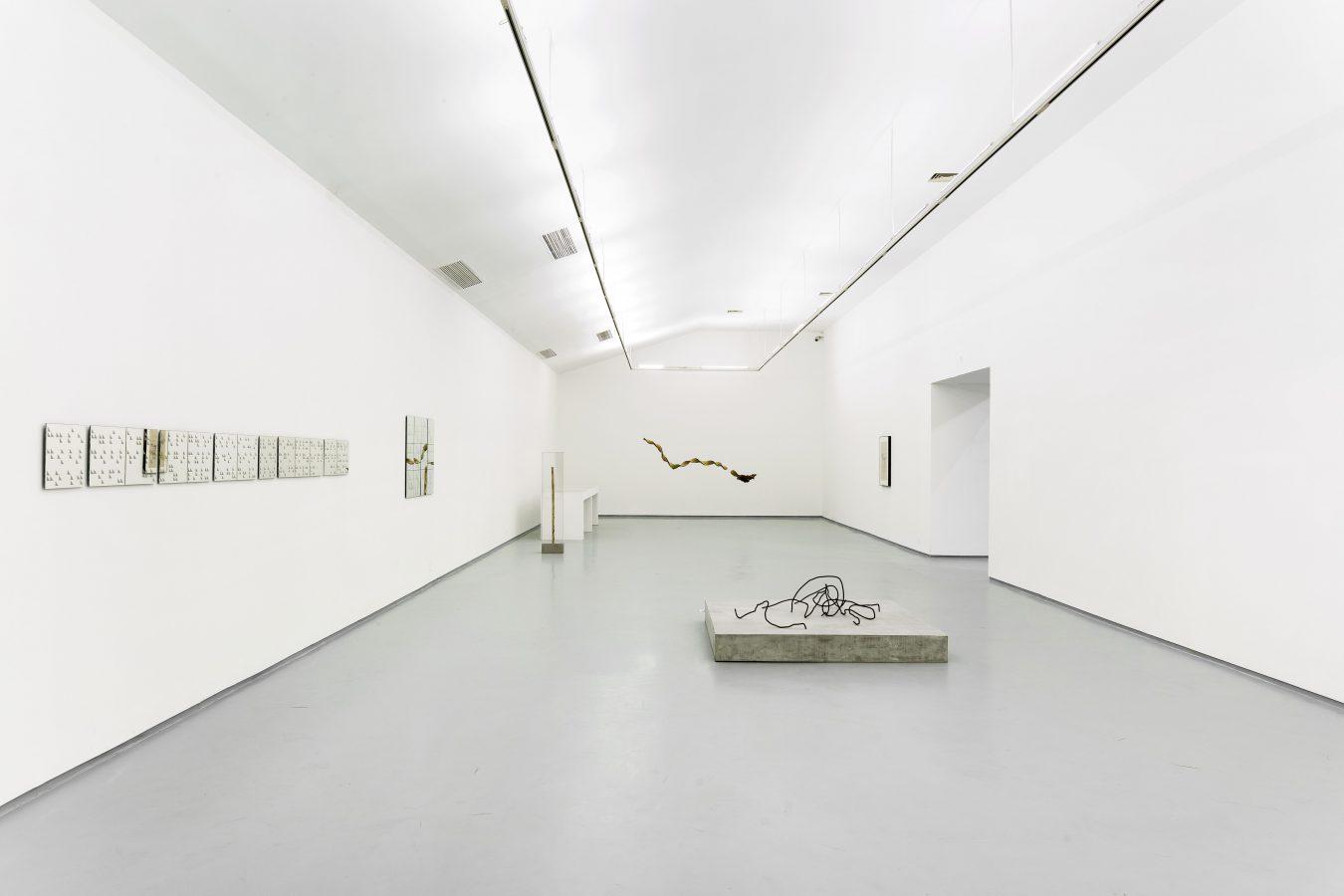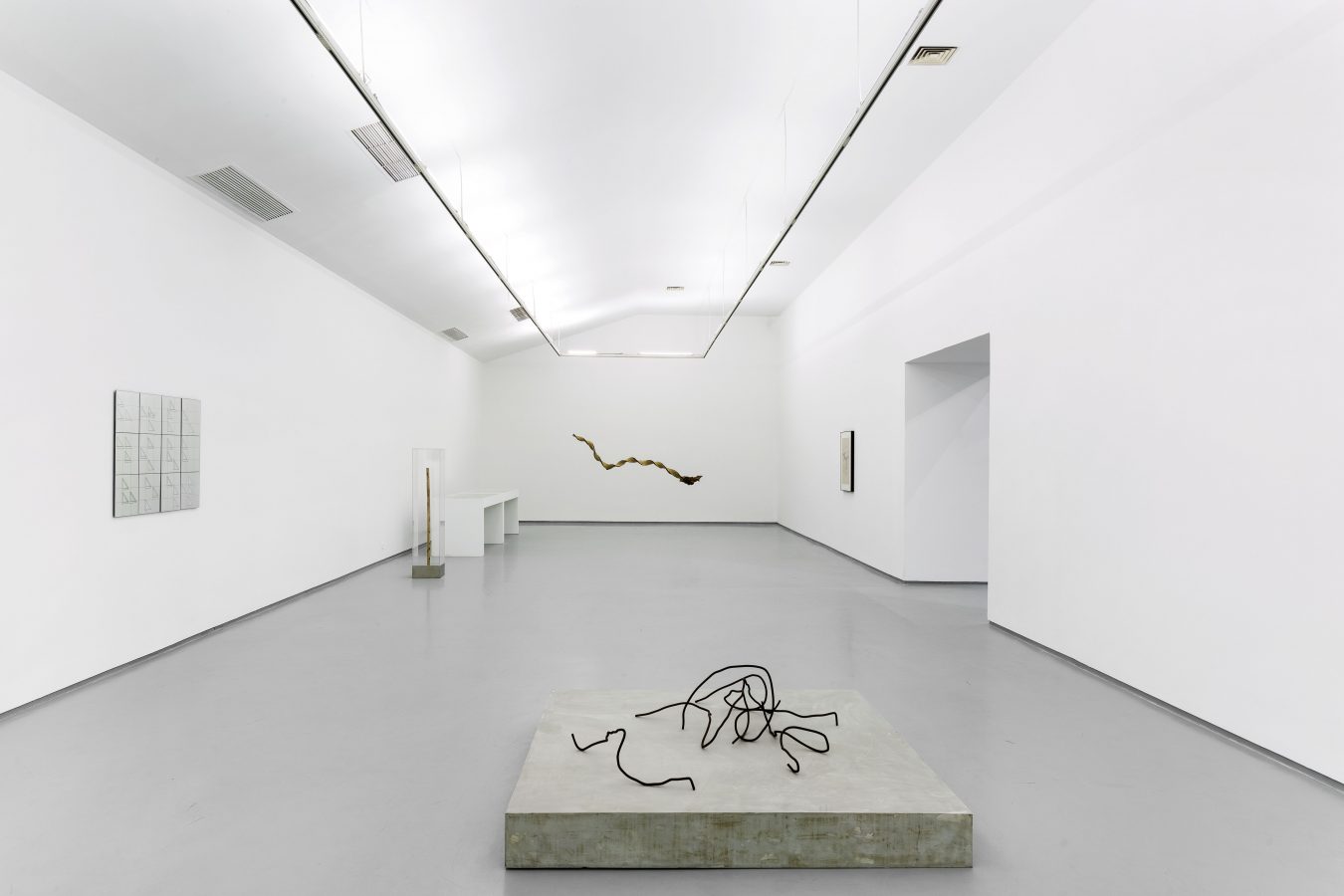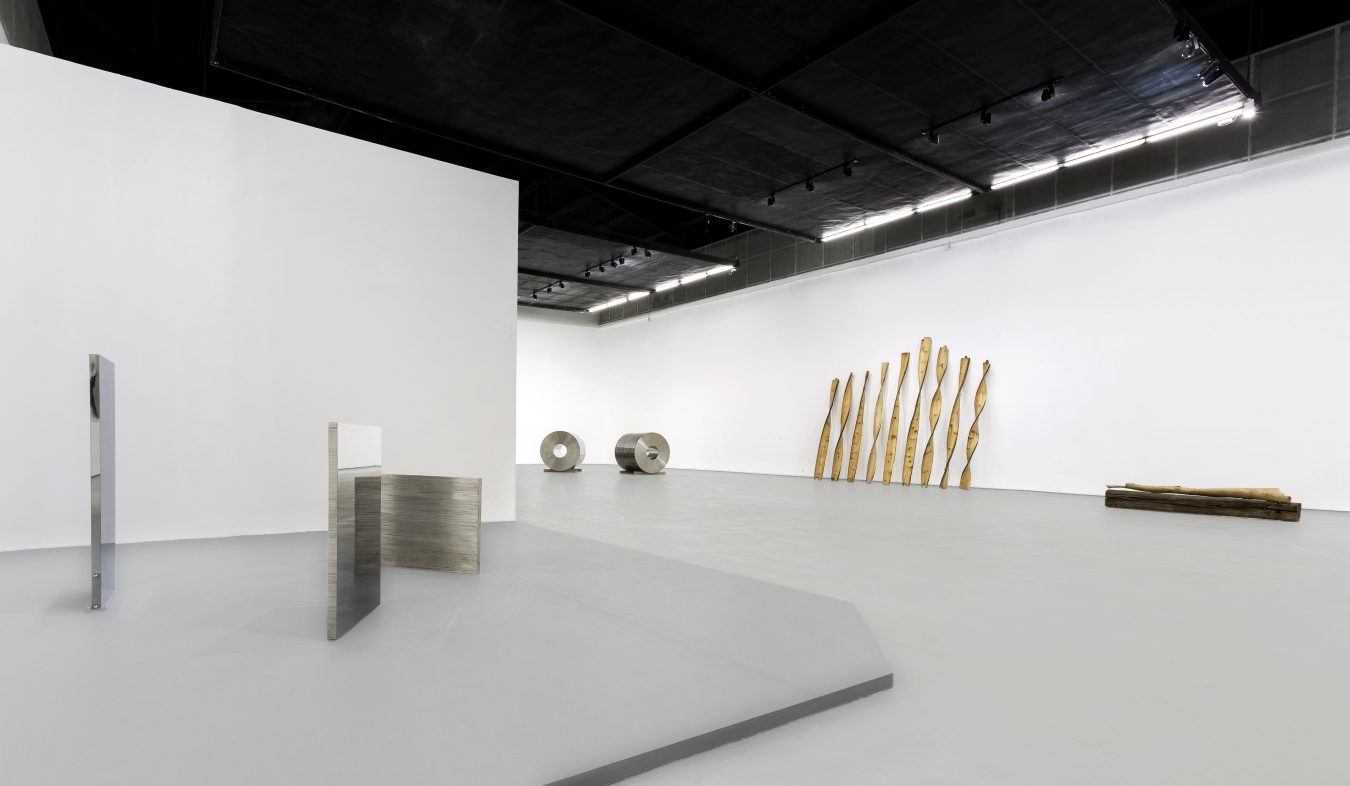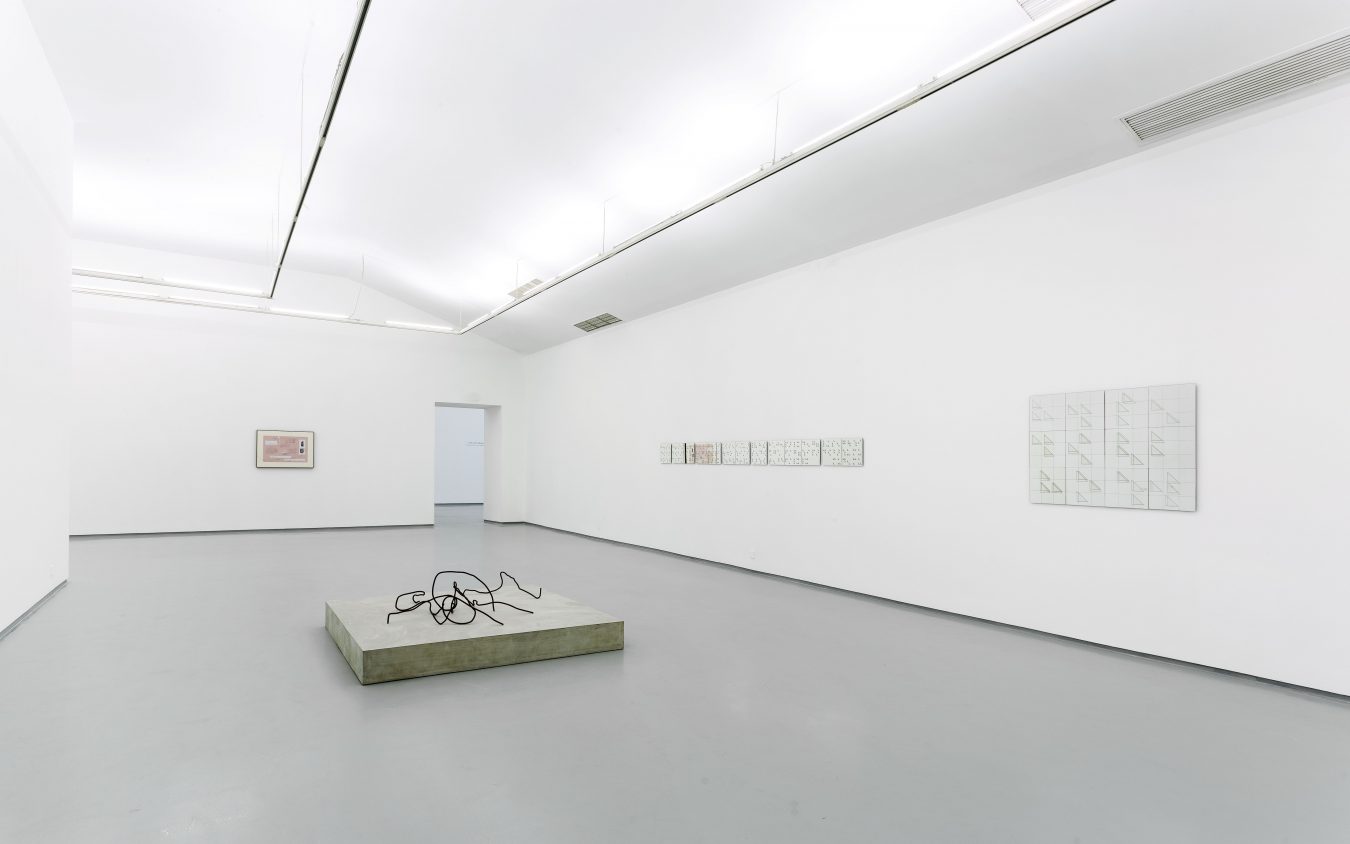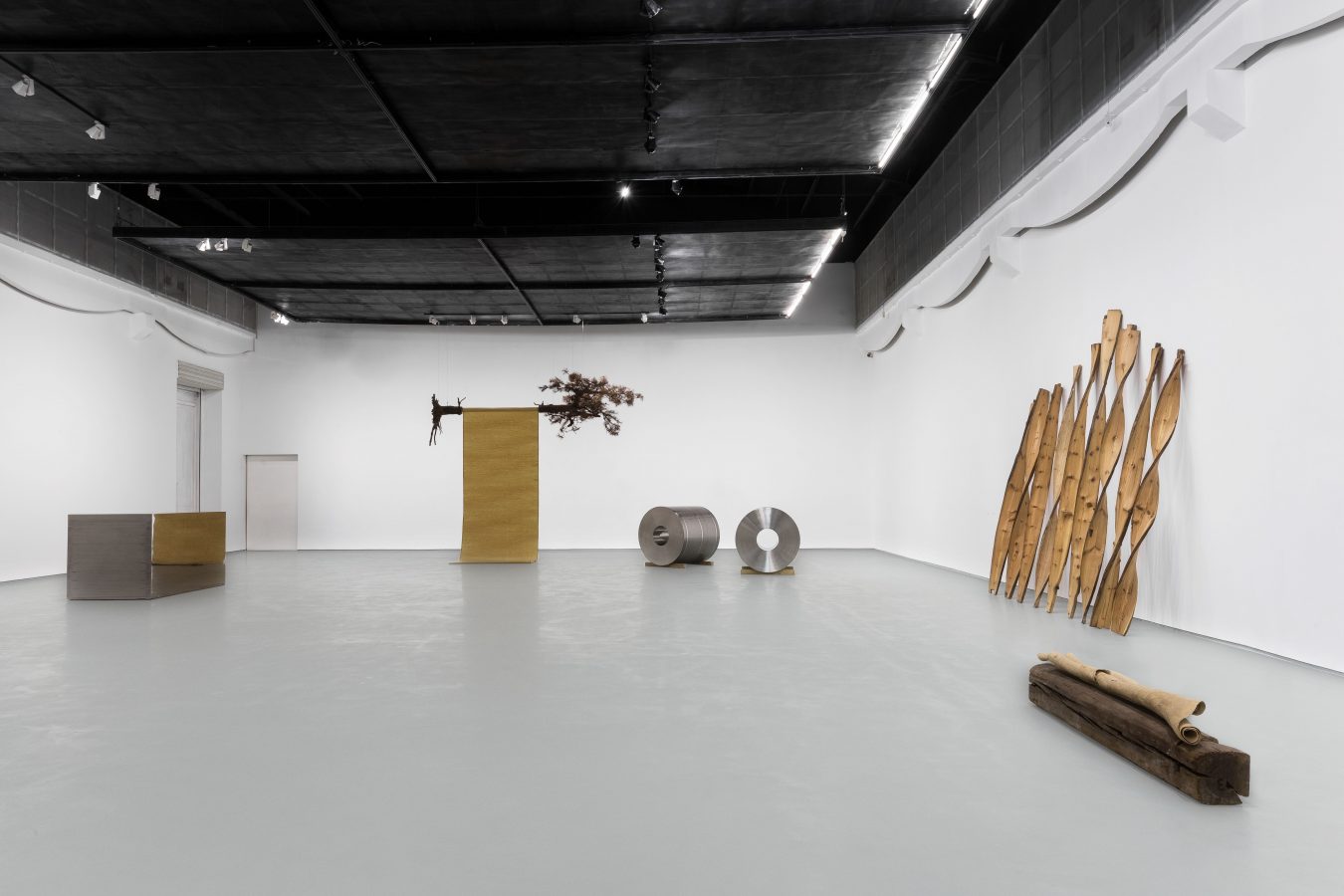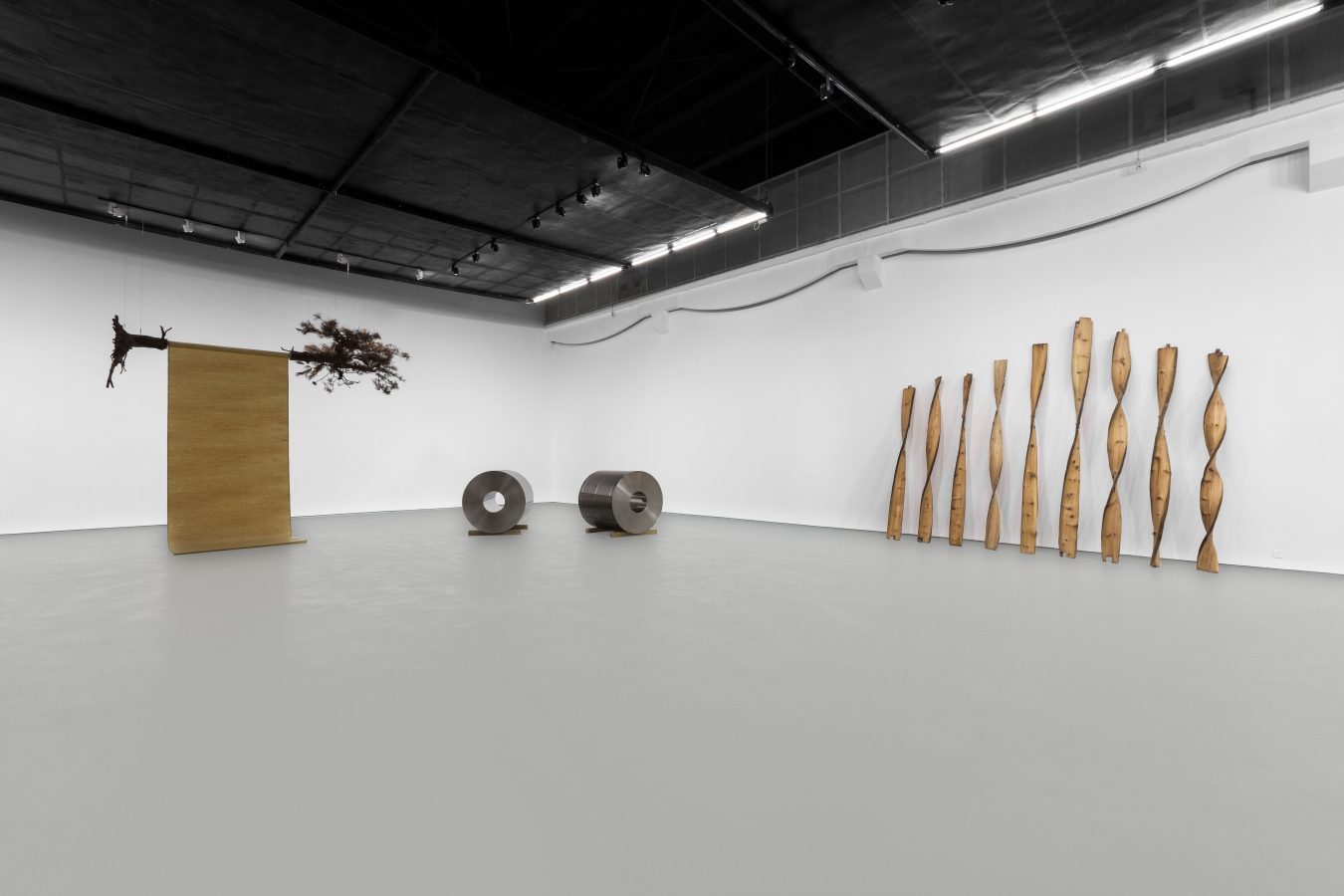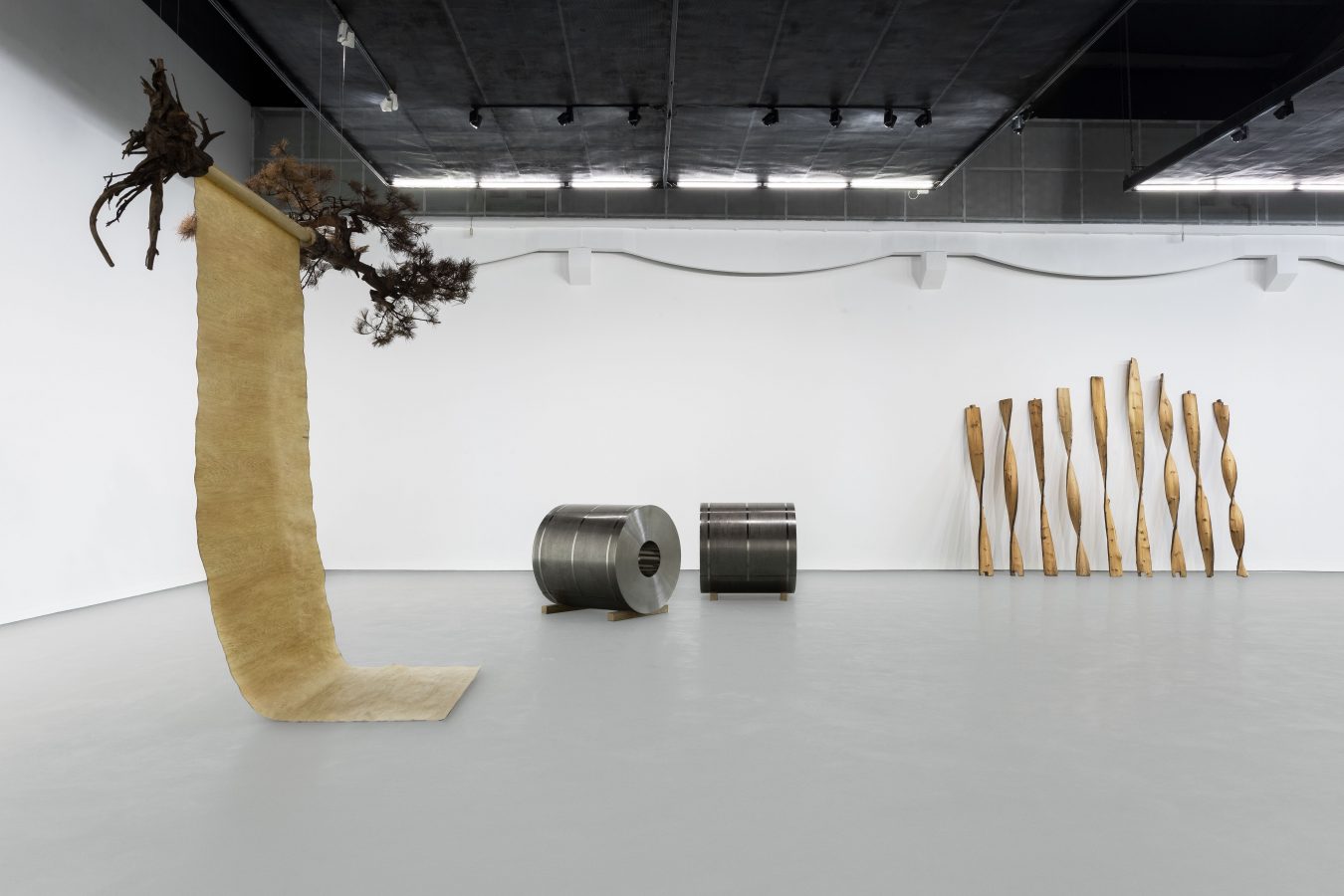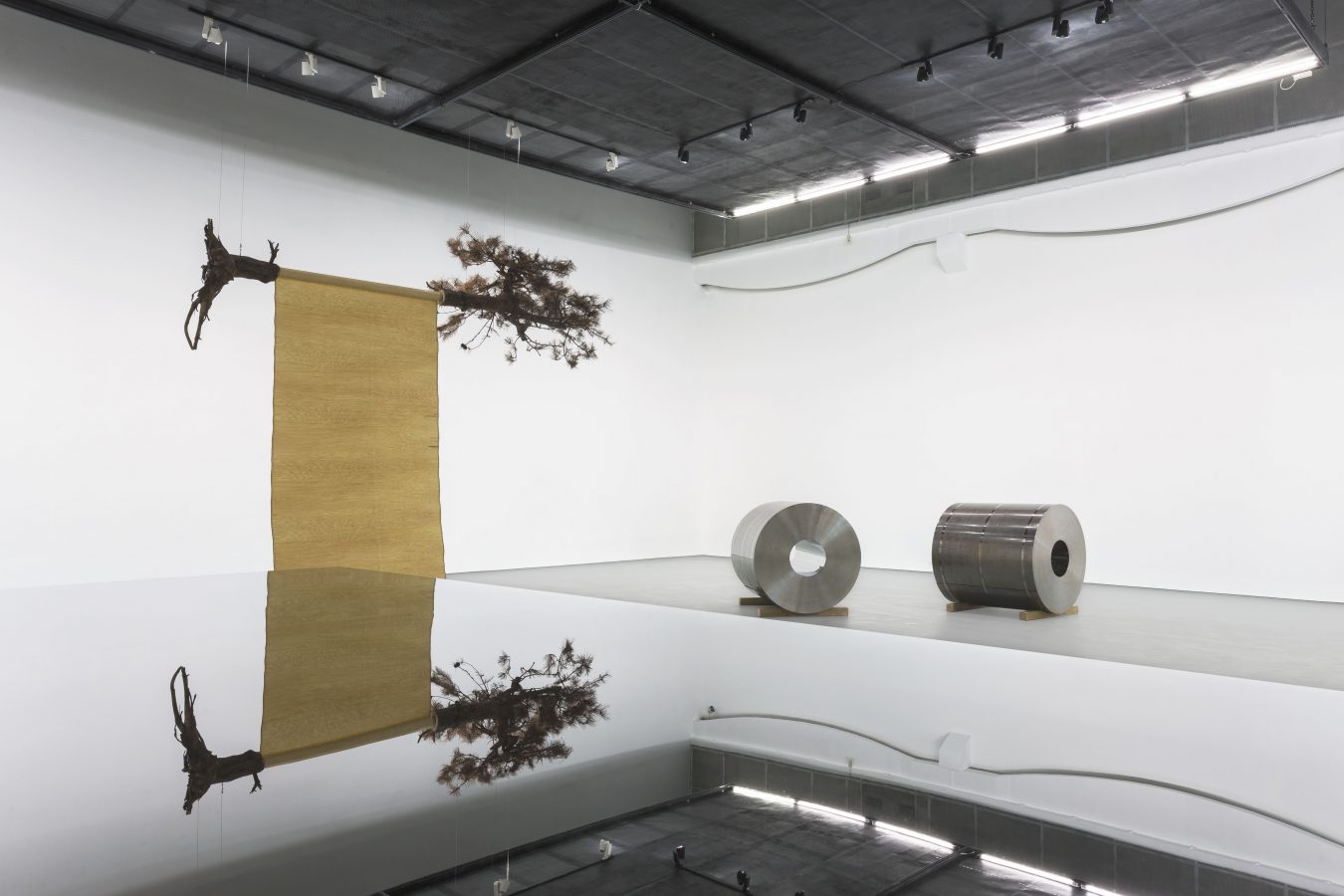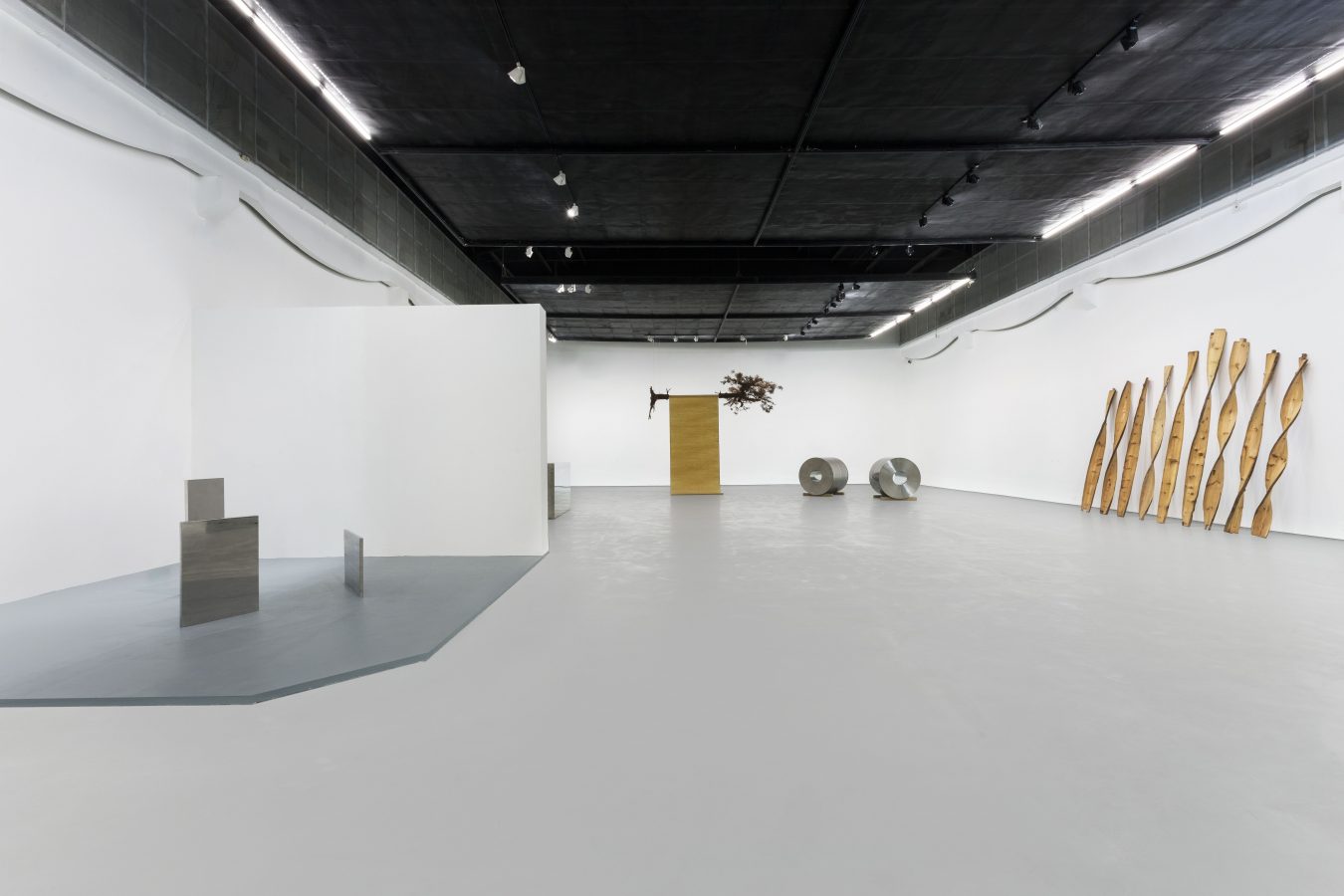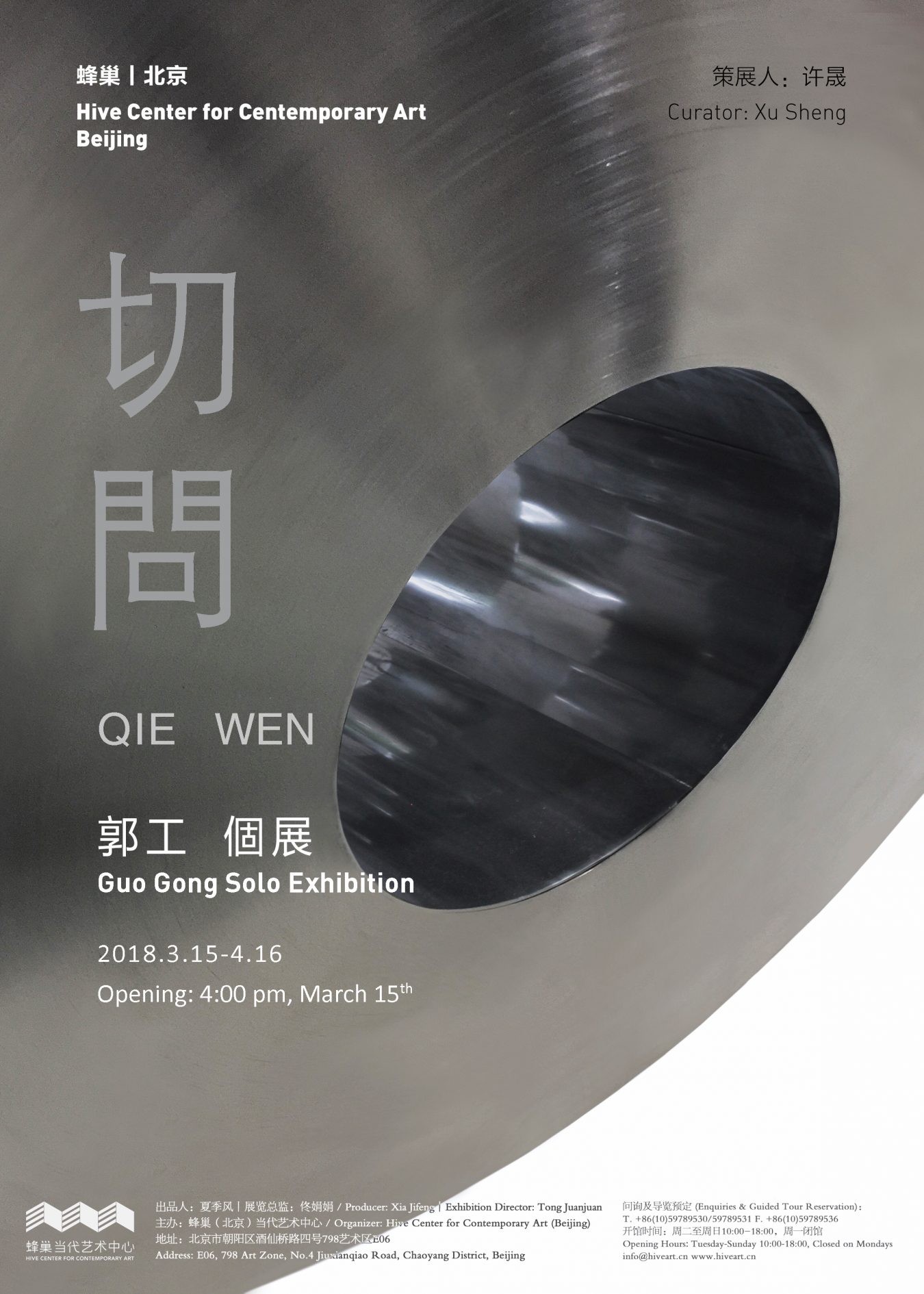Hive Center for Contemporary Art (Beijing) is honored to declare the launch of Guo Gong’s large-scale solo exhibition entitled “Qie-Wen” as the first event for the year 2018 in exhibition hall A and B on March 15. Curated by the young critic Xu Sheng, the exhibition will showcase Guo Gong’s installations spanning different periods of recent years and featuring various materials and mediums, in an effort to rediscover and examine the inner logics among his works and to make his understandings towards life and art penetrate the fluid spaces.
Guo Gong, born in 1966 in Shanxi Province, has been dedicated to the creation of installation art since 2008. “Qie-Wen”, the title of the exhibition, involves, above all, the action of “cutting” in the post-industrial era, that is, the surgical, sharp and somewhat violent anatomy of things. On a lesser level, “to Qie” or “to incise” also involves subjective investigation. “Qie Mai” (pulse taking or feeling), for example, necessitates “Qie” as the means of exploring into the pulse conditions. In this case, the apparently objective “Qie” in fact involves the subjective perception of the inquirer. Meanwhile, “Qie” also entails penetration into the inside of the investigated, thus integrating subjectivity with objectivity. In Guo Gong’s works, the subject matter under investigation could include substances, the times, the heart, the nature or the contemporary world itself.
Guo Gong’s works demonstrate his insight into installation art: above all, key to this art form is not future-oriented innovation but backward tracing in an effort to transcend the starting point created by Marcel Duchamp until the very origin of art is reached, thereby locating the more reliable basis for development of installation art. That is how he turns “appropriation” into “creation”, bringing materials of their own essence into the relationship of inter-enhancement; secondly, he transcends the bondage of “concept” by turning pure concepts and sociological or anthropological criticalness into emphasis on human holistic perceptive system that incorporates poetry on the basis of visual core instead of on aesthetic tastes.That is where Guo Gong’s works distance themselves from Mono-ha—the art school that emphasizes only the affirmation of the nature of things and creates with the stylized approaches the process and methodology that affirm thing’s nature. Guo Gong’s works, however, take a path less travelled. Having proceeded from the nature of things, the artist constantly creates and innovates the ways of interacting between the heart and things. Such an approach has opened a new gateway for advances of contemporary art and has created a fulcrum for the dwelling of any individual. It is the fulcrum that marks a real start of Guo Gong’s free conversation with the world. Through complete elimination of logical interpretation and revelation of logic-free instinct as the very root of logics itself, his most recent installation, as an independent individual and as integration of its material, has transformed into a comprehensive and integrated nature of material, thereby acquiring some sort of “initiative”. Here the thing’s initiative and its capability to awaken man’s spirituality have become evident. Simply put, Guo Gong created, as essentially part of the varied world at large, a sort of life which has found its expression in his works. Such a life, while apparently strange, is in fact ubiquitous, like a poem composed by some unknown poet and passed down unconsciously from generation to generation.

